The Private Health Insurance Act 2007 is an integral piece of legislation that governs how private health insurance operates in Australia. There a many facets to the act and there have been annual reforms since it’s introduction way back in 2007. In this article, we seek to outline the important elements of the act that protect the policy holders, particularly in relation to switching health funds.
It’s important to understand that all private health insurers in Australia must strictly adhere to the PHI Act and simply cannot operate outside of its jurisdiction by federal law.
Chapter 2 of act the Private Health Insurance Act 2007 – Incentives
Section 2-2 describes the Premiums reduction scheme which is more commonly known as the Government Rebate on health insurance. This section explains that the PHIIB (private health insurance incentive beneficiary) is entitled to a reduction in health insurance premiums if they were to meet certain criteria. The rebate is age-tested and means-tested, meaning that the rebate may increase or decrease based on the beneficiary’s age and/or income. The rebate has been subject to an adjustment factor since 2014 which has incrementally reduced the rebate discount by no more than 1% each year (5D, 5E).
Read more about the Government Rebate on private heath insurance at our article that explains the age and means testing in greater detail and how it might pertain to you.
Section 2-3 outline lifetime health cover loading. It’s interesting that LHC is listed under incentives rather than penalties, although we must appreciate the reasoning behind it. Lifetime health cover loading is the penalty which negatively impacts your private hospital cover cost if you are over 31 and haven’t held private hospital cover, or have had gaps in coverage for any time period longer than 1094 days. The penalty equation is written as (LHC Age – 30) x 2% x Policy Base Rate. This can be simplified as 2 percent penalty for every year over the age of 30.
Of course, Lifetime health cover loading is much more complicated than the snapshot above. Refer to our detailed article on LHC for more information.
Chapter 3 of the Private Health Insurance Act 2007 – community rating
Section 3-2 is about Community Rating, which is one of the most important facets pertaining to private health insurance. Community Rating ensures that a health insurer cannot discriminate the premiums of a policy based on pre-existing health conditions. All Australian citizens and residents are entitled to the same policies at the same price regardless of their medical history. This is in complete contrast to the Life Insurance and Personal Insurance industry which heavily penalizes the applicant based on their medical history or current bill of health, where in some cases the applicant can be outright denied insurance membership. It’s important not to bring the Life Insurance stigma into the realm of health insurance, as they are chalk and cheese.
Health Insurance is not entirely free from discrimination for pre-exisiting conditions. New members must serve a waiting period for any deemed pre-existing conditions that are covered on the policy. The pre-existing waiting period for private hospital cover is almost always 12 months, unless otherwise stated. Once the waiting period has been served the member is then covered for that pre-existing condition (unless it is listed as an exclusion on the policy) and the policy premiums remain the same. Note that served waiting periods carry across to new funds or policies (see section below on Portability).
Community Rating also disallows private health insurers from discounting their products unless otherwise allowed under the act (subsection 66-5(2)). Simplified, this means that a health fund can’t offer any discounts on policy premiums at the funds own discretion. This ensures a fair and competitive environment for all health funds, large and small. Without this element to Community Rating, surely the larger health funds would price out the smaller health funds who can’t afford the loss. That being said, health funds are still able to offer small incentives to join or retain members in the way of a period of free membership. The most common example of this is a free month of membership, or 6 weeks free, the cost of which is absorbed by the health fund from their allocated budget for member acquisition or retention.

Portability
Don’t re-serve waiting periods when you switch to a new health fund or policy
“John was immediately covered for a hip replacement in private hospital because he had already served his waiting periods for joint replacements on his old policy”
Division 78 of the Private Health Insurance Act 2007 – Portability
Portability requirements is possibly the single most important rule around comparing private health insurance and switching to a new policy of health fund. Portability means that an insured person doesn’t have to re-serve waiting periods when switching to a new product, even when it’s with an entirely new health insurance company. This means the member can safely switch onto a new product and remain covered for any services that were included on the policy they transferred from.
There can even be a small gap in cover where upon health funds will still recognize waiting periods served. Most funds will allow no more than a 30 day break in coverage, some even going up to 60 days. This means that you can be briefly uninsured between policies but can still benefit from portability. Sometimes, your previous health fund will allow you to back pay premiums to bring you up-to-date within allowed days for portability to be recognized but this is entirely discretionary.
Not understanding (or not trusting) the portability rule is one of the topmost reasons why many people are still hesitant to compare and switch health insurance. Understanding that this rule is part of federal law and it’s just not possible for a health fund to reject portability – it just doesn’t happen. Comparing and switching health insurance actually keeps the market competitive, healthy and up-to-date. We’ve seen that the poorest value health insurance within the market is most often the out-dated policies that people have remained on for years or decades.
As you can see, the market is actually designed for you to compare and switch health insurance as often as required by your changing health needs and personal budget.
Chapter 5 of the Private Health Insurance Act 2007 – Enforcement
What good are all these rules if the Health Minister of Australia holds no power to enforce them? At any time, the Minster may administer and enforce all the obligations listed under the act. Upon request, the health fund must share key performance indicators, explain operations, respond to inquiries, produce documents and allow open-book investigations of books and records by the minister.
More importantly, the Minister may give orders or directions to the health fund that must be adhered to. This ensures that private health funds are operating fully to their obligations and that they are not partaking in any business practices that put their members at risk. This can go all the way down to reviewing the benefits and cost of a policy and directing the health funds to reduce the benefit or increase the price in order to lower risk and to ensure health funds can afford to pay all claims.
Usually, this makes it extremely unlikely that a private health insurance company operating in Australia will go belly up. In the unlikely event that this occurs, administration is closely carried out by the Private Health Insurance Administration Council (now APRA) and the fund in question is put to sale. A larger, more-stable health fund then purchasing the health fund and its member base. During this time of administration and sale, business is as usual for the members of the fund, claims are paid out and they remain fully covered as per their policy during the entire process.
This has only happened once in Australian health insurance history when newcomer health brand health.com.au went into liquidation and was then sold to GMHBA Limted in 2015. Health.com.au continues to operate to this day as a brand operating under the GHMBA Limited umbrella.
Please note
The Private Health Insurance Act 2007 goes through annual revisions and the content in this article is up to date as of the 6th of January 2020. As revisions are made, we will do our best to review the changes to the act and update and edit the information in this article, whereupon we will clearly display the date of revision. Any revisions to the Act can be found at https://www.legislation.gov.au.
If you would like some health insurance advice, please contact our very helpful health advisers on the form below.









